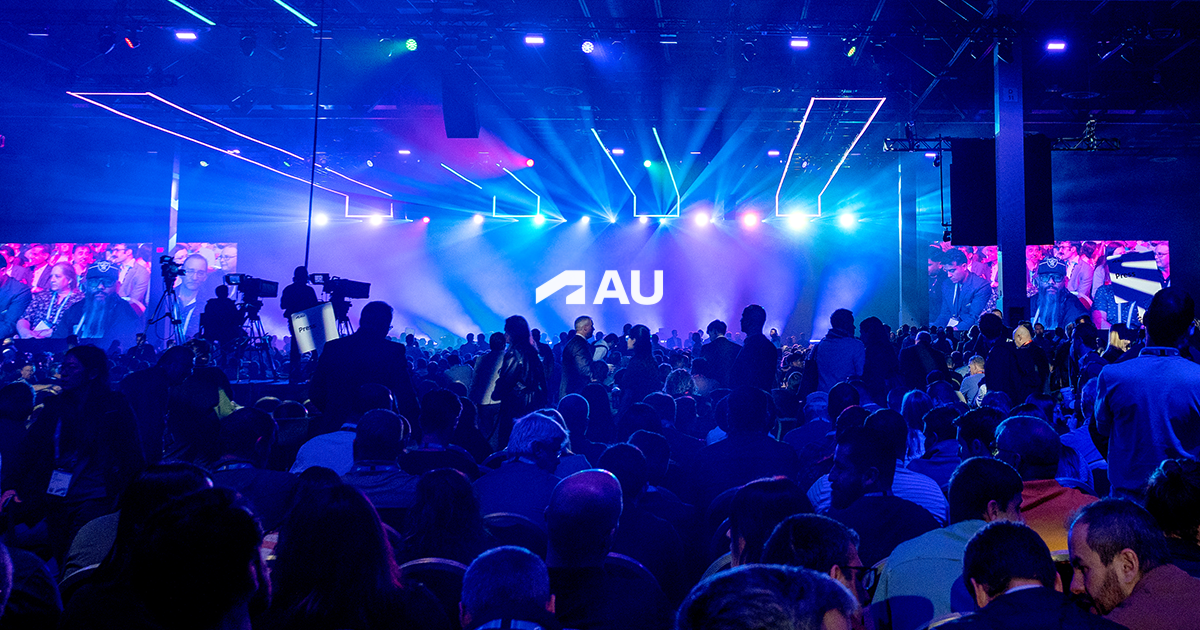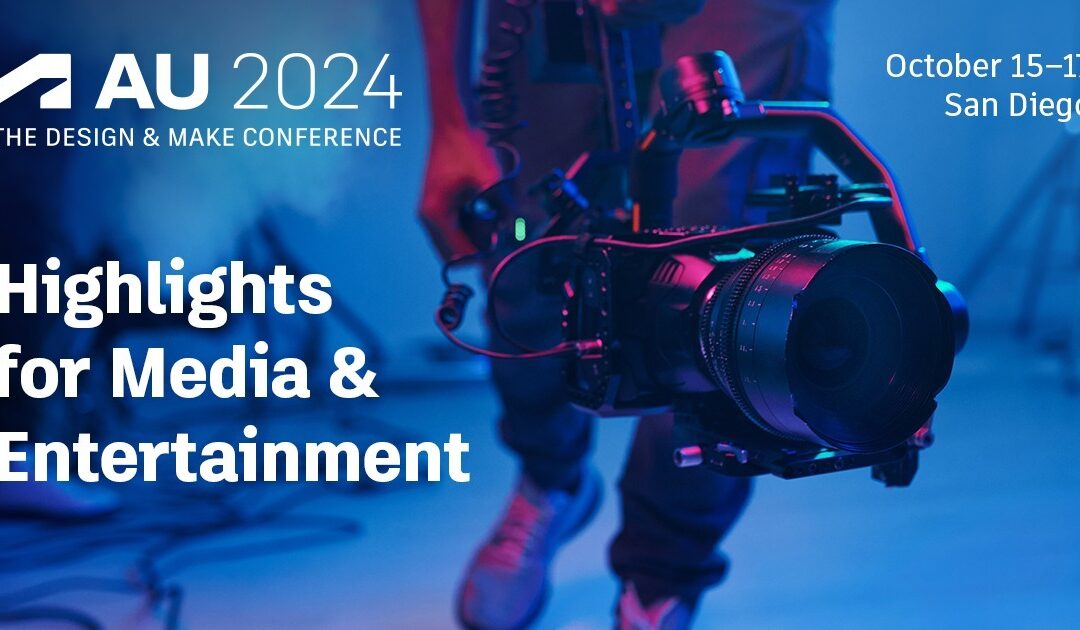
Autodesk University 2024, held in San Diego from October 15-17, focused heavily on the advancements in technology. If you missed it, the good news is that you can still watch all the Media and Entertainment Keynotes and General Sessions online for free! https://conferences.autodesk.com/flow/autodesk/au2024/sessioncatalog/page/digitalpublic/session/1719958345406001UkTG
Incidentally, on October 30, 2024, you can attend a live event in Toronto called “Annex Pro Presents: Unlocking the Future of Media Production with Autodesk,” which will outline many of the changes announced at AU. Also at this event, Laurence Cymet, VES Toronto Chair, will moderate an industry panel discussing current state of AI in media production and their predictions for the future. Learn more and register for free at https://AnnexProAIMediaProductionTORONTO.eventbrite.ca/?aff=kc
And if you’re reading this article after Oct 30/24, and would like a recording of the Toronto live event, please sign up for the Annex Pro newsletter here.
In this short article we are going to focus on highlights at AU for the media and entertainment industry, which is of course Annex Pro’s area of specialty, and tell you about several significant announcements and demonstrations for media production.

One of the key highlights was the evolution of Autodesk Flow, a cloud-based platform aimed at transforming how media production is managed and executed. This platform integrates multiple Autodesk tools, including Flow Production Tracking (formerly called ShotGrid) and Flow Capture (formerly called Moxion), to create a cohesive pipeline for studios. More than just a name change, Flow’s updates, including the Flow Graph Engine API, now enable users to offload heavy computational tasks, such as Bifrost simulations from industry-standard Maya, to the cloud. This offers greater flexibility for large-scale projects like visual effects and animation, which demand significant computational power. The new Flow Retopology service, also integrated into Maya and 3ds Max, allows for automated retopology processes in the cloud, further streamlining workflows for content creators.
Autodesk themselves say that the rebranding is “a sign of all the good things to come on the journey to Flow. For the moment, those who know and love ShotGrid and Moxion will continue to enjoy the full range of capabilities you’ve come to expect — with a few new features to look forward to. Now Flow Capture customers get to experience a new, more intuitive UI and Avid Media Composer integration. And in the near future, Flow Production Tracking customers will get new AI-assisted scheduling capabilities.
Once Flow Production Tracking and Flow Capture are fully connected to the industry cloud, that’s where Flow really starts to shine. Breaking down barriers between previously siloed workflows means everyone will be able to work better together.” Learn more at https://adsknews.autodesk.com/en/news/autodesk-brings-power-to-the-artists/
Another standout announcement was Flow Animating in Context, a new feature expected in future releases of Maya, which will allow animators to seamlessly access production tracking data within their animation environment. This will give animators more context, such as editorial sequencing data, improving the fluidity and accuracy of animation tasks.
This year, the AU conference also underscored the expanding role of AI in content creation. Autodesk revealed updates that incorporate AI tools into their software, aiming to automate repetitive tasks and empower artists to focus on creativity. For instance, AI-powered workflows within animation are designed to accelerate production timelines by taking over more routine elements of 3D animation.
In terms of interoperability, OpenUSD (Universal Scene Description) featured prominently in sessions, signaling Autodesk’s push toward industry standards that promote collaboration across various tools and platforms, a move particularly important for visual effects and game development. Autodesk’s collaboration with partners to support OpenUSD enables teams working across multiple software environments to improve asset exchange and streamline complex production pipelines.
The event also featured technical demonstrations and sessions that highlighted cutting-edge workflows in animation, VFX, and procedural modeling. Presentations such as the AI-powered animation workflows and real-time interop solutions showcased Autodesk’s focus on leveraging both AI and real-time rendering to enhance production efficiency across media projects.
Moreover, the intersection of media and architecture was explored through sessions like “Mastering Design Visualization,” which illustrated how media and entertainment tools like 3ds Max and Arnold are being applied to architectural visualization. This cross-industry synergy is part of Autodesk’s broader “Design & Make Platform” strategy, which is unifying different creative disciplines under shared technological tools. Following the lead of Autodesk and other key partners, Annex Pro has the expertise to help customers outside of traditional Film & TV, who are using media production techniques in other sectors such as corporate video, advertising and design.
Overall, Autodesk University 2024 marked a significant leap forward in cloud-based workflows, AI integration, and industry standards for the media and entertainment sector, with Flow leading the charge in transforming production efficiency across the board. The focus on improving interoperability and providing cutting-edge tools for real-time collaboration promises to shape the future of content creation across multiple industries.

